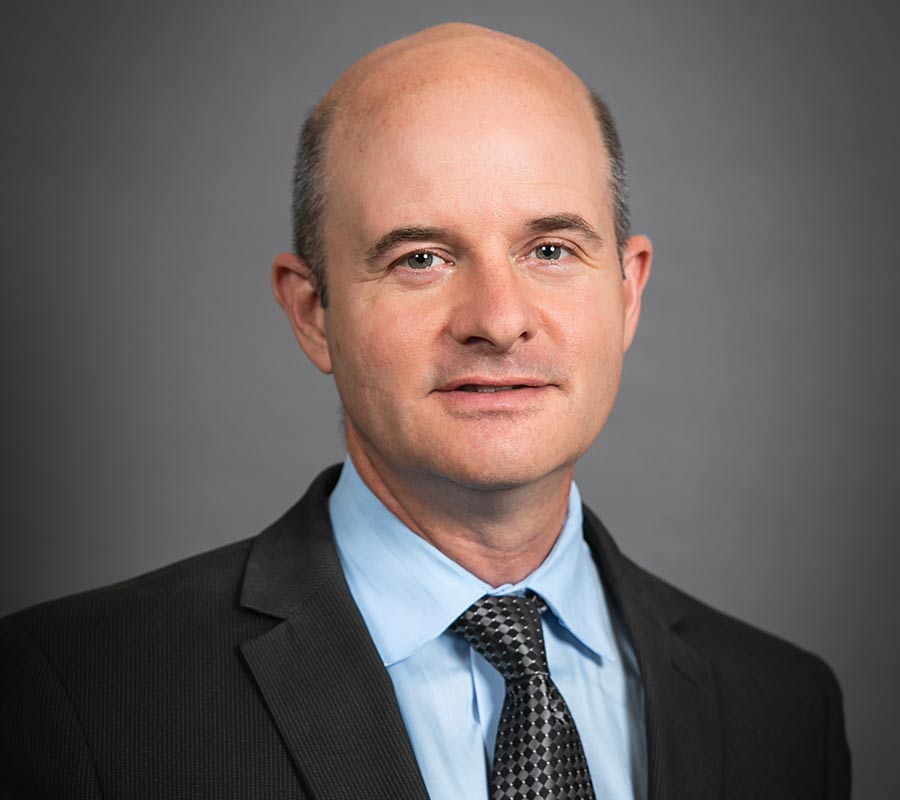An inter vivos trust is a trust created during a person’s lifetime that becomes effective while that person (“Grantor”) is living. As an inter vivos trust operates during the lifetime of the Grantor, it is commonly referred to as a “living trust.”
The Grantor may want to create a living trust, but may also desire to retain an interest in the trust property and control over its management, such as serving as Trustee, receiving all of the income, retaining the power to revoke or amend the trust, and keeping the right to change the beneficiaries.
Living trusts are not for everyone. Anyone considering a living trust should consult with an estate planning attorney to discuss the potential benefits and disadvantages for such person’s individual situation.
The following is a summary of some advantages of living trusts:
Provide For and Protect Beneficiaries. The Grantor’s desire to provide for and protect someone is probably the most common reason for creating an inter vivos trust.
Minor Children. Minor children lack the legal capacity to manage property. A trust permits the Grantor to make a gift for the benefit of a minor without giving the minor control over the property or triggering the necessity for the minor to have a court-appointed guardian to manage that property. A trust is also more flexible and allows a Grantor to have greater control over how the property is used when contrasted with other methods, such as a transfer to a guardian of the minor’s estate or to a custodian under the Uniform Transfers to Minors Act.
Individuals Lacking Management Skills. An individual beneficiary may lack the skills necessary to properly manage the trust property. This could be the result of a mental or physical disability, or a lack of experience in making prudent investment decisions. By putting the money under the control of the trustee with investment experience, the Grantor increases the likelihood that the beneficiary’s interests are served for a longer period of time.
Spendthrifts. Some individuals may be competent to manage property, but are likely to use it in an excessive or frivolous manner. By using a carefully drafted trust, a Grantor can protect the trust property from the beneficiary’s own excesses, as well as the beneficiary’s creditors.
Under the laws of the State of Ohio, the Grantor may protect trust assets by including a spendthrift provision. A spendthrift clause does two things: (1) it prohibits the beneficiary from selling, disposing of, or otherwise transferring the beneficiary’s interest, and (2) it prevents the beneficiary’s creditors from reaching the beneficiary’s interest in the trust. The spendthrift provision permits the Grantor to carry out the Grantor’s intent of benefitting the designated beneficiary, but not the beneficiary’s assignees or creditors. Grantors typically include spendthrift restrictions in a trust because they protect beneficiaries from their own lack of management of the trust property, or from disposing or selling of trust property, and also protects assets from the beneficiary’s personal creditors.
Persons Susceptible to Influence. When a person suddenly acquires a significant amount of property, that person may be under pressure from family, friends, or other individuals or organizations who wish to share in the windfall. An inter vivos trust can make it virtually impossible for the beneficiary to transfer trust property to other people or organizations.
Retain Flexibility. The Grantor may restrict the beneficiary’s control over the property in any manner the Grantor desires, as long as the restrictions are not illegal or in violation of public policy. This flexibility allows the Grantor to determine how the trustee distributes trust benefits, such as by spreading the benefits over time, giving the trustee discretion to select who receives distributions and in what amounts and frequencies, requiring the beneficiary to meet certain criteria to receive or continue receiving benefits, or limiting the purposes for which trust assets may be used, such as health care or education.
Revocation and/or Amendment. The Grantor may amend, or even revoke, a revocable inter vivos trust during the Grantor’s lifetime.
Trustee. The Trustee is responsible for handling the assets held in the trust, including distributing the assets according to the terms of the trust document. Thus, the Grantor has the flexibility of designating the individual or corporate trust department of the Grantor’s choosing to serve in the role as Trustee.
Avoid Probate. Property in an inter vivos trust or received by the trust as beneficiary upon the death of the Grantor is not part of the Grantor’s probate estate. The property remaining in the trust when the Grantor dies and all property received by the trust, is administered and distributed according to the terms of the trust; it does not pass under the Grantor’s Last Will and Testament nor by intestate succession.
Reduction in Administration Expenses. Some expenses incurred in the administration of a probate estate include attorney’s fees, fiduciary fees, appraisal fees, and court costs. The use of an inter vivos trust may be effective to reduce these expenses because less (if any) of the decedent’s property would pass through the decedent’s probate estate.
Increased Privacy. All probate estate proceedings are public record, and can be viewed by anyone. Documents filed in an administration of a probate estate include, but are not limited to, the inventory of all of the decedent’s probate assets, with the date of death value of each. Further, the names of the beneficiaries of a probate estate, as well as the assets distributed to the beneficiaries, are also public record. By the use of an inter vivos trust, the Grantor can keep private the extent of the Grantor’s assets and their disposition.
Avoidance of Ancillary Administration for Real Property Located Outside the State of Ohio. If a decedent owned out-of-state real property, the decedent’s Last Will and Testament is probated in the county of the decedent’s residence, with some type of ancillary administration being necessary in the state or county in which the out-of-state real property is located. This ancillary administration can be expensive, inconvenient and time-consuming, and can be avoided if the property passes by way of an inter vivos trust.








